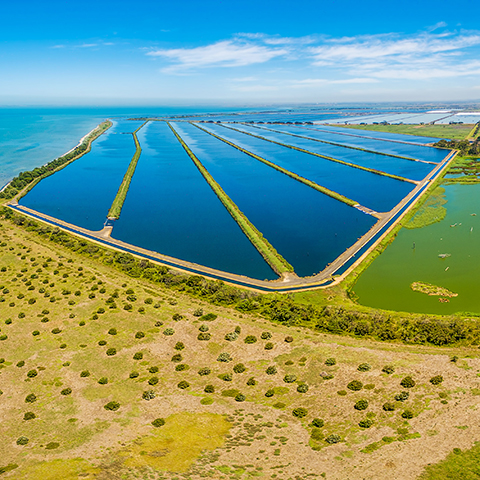
This project was funded by the Australian Government ($359,091). Australian Government funding was provided through the National Water Grid Fund.

The assessment was undertaken to determine the common factors that contribute to the feasibility of wastewater reuse for agriculture, non-food crops and urban landscaping.
Project overview
This project identified potential opportunities to reuse wastewater for agricultural purposes in Australia. The research was undertaken by GHD.
This project involved:
- reviewing wastewater reuse schemes for agriculture across Australia. This included existing and conceptual
- identifying common factors that contribute to successful wastewater reuse schemes
- analysing unsuccessful wastewater reuse proposals
- a spatial analysis to find potential wastewater reuse site locations.
Project outcomes
GHD used their own unique product for spatial analysis. It is called Infrastructure Development Geospatial Options. Or InDeGO for short. It uses national data layers, checked across all states and territories.
The assessment identified the main factors for viable water reuse schemes. This included economic viability and legislative ease.
The main reasons for unsuccessful proposals were a lack of:
- wastewater supply
- appropriate locations.
The InDeGO process analysed:
- the relative importance of many factors, including existing infrastructure
- how these factors affect wastewater reuse potential.
A national map was developed. This highlights locations where the feasibility for wastewater reuse schemes is more favourable.
The report includes areas for each state and territory. Each has a summary which includes the most suitable areas for further research.

